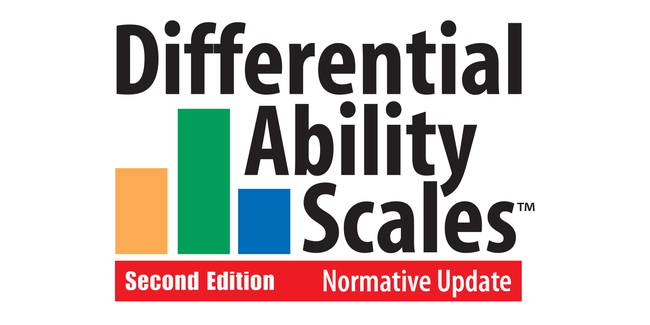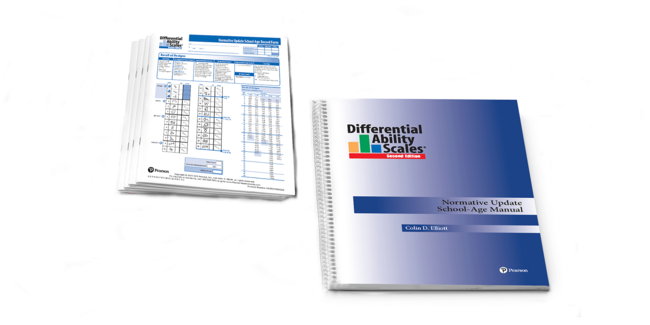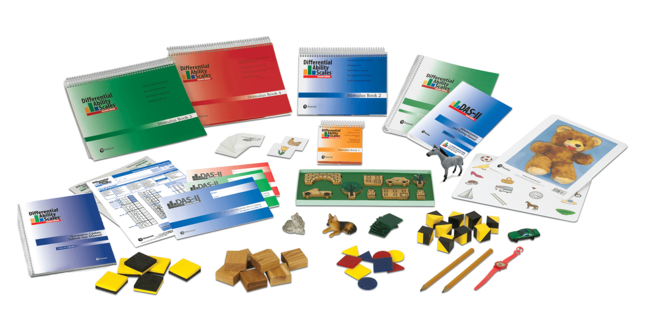The Differential Ability Scales™ (2nd ed., DAS™–II) is unique in that it goes beyond cognitive ability testing to give insight into how a child processes information. Developed for psychologists, this child-friendly test provides information that enables you to predict their likeliness to succeed in education and to craft appropriate interventions and/or recommendations for the classroom and home. With out-of-level testing and child-appropriate start points, this time-tested assessment gives you the speed and flexibility you need for children who may struggle with longer tests.DAS–II NU School-Age 2023 has officially launched. Order now.


Differential Ability Scales-II
DAS-II
The Differential Ability Scales™ (2nd ed., DAS™–II) is unique in that it goes beyond cognitive ability testing to give insight into how a child processes information. Developed for psychologists, this child-friendly test provides information that enables you to predict their likeliness to succeed in education and to craft appropriate interventions and/or recommendations for the classroom and home. With out-of-level testing and child-appropriate start points, this time-tested assessment gives you the speed and flexibility you need for children who may struggle with longer tests.DAS–II NU School-Age 2023 has officially launched. Order now.Choose from our formats
Kits
Starter & complete kits, print & digital
4 options
Test forms & reports
Booklets, record forms, answer sheets, report usages & subscriptions
8 options
Support materials
Manuals, stimulus books, replacement items & other materials
20 options
Training
Onsite, virtual & on-demand trainings
2 options
All products
All tests & materials offered for DAS-II
34 options
